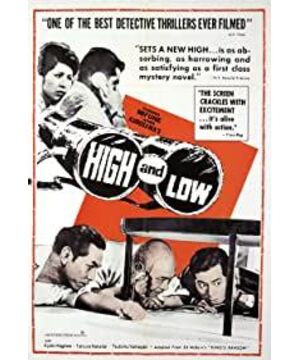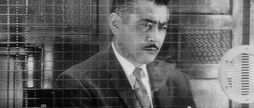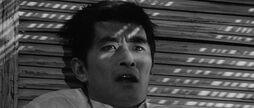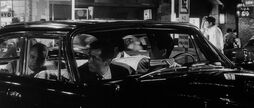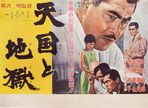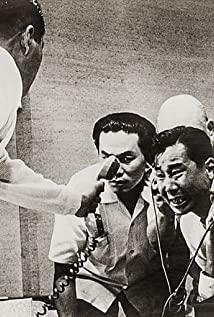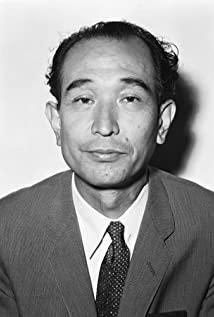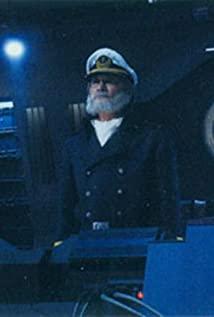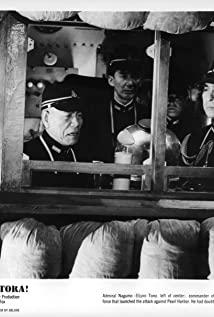The one-hour indoor play firmly captured the audience. Although the performance was heavily staged, the excellent scene scheduling made everything full of cinematic feeling. The bright and transparent lighting is like Citizen Kane's deep-focus photography. The cutting and movement of the lens are like an audio-visual teaching: boy, look forward to it! Learn! The one-hour indoor dialogue scene is bold and outstanding. When I watched it, I wondered: Will Kurosawa let the whole film be indoors? Will the characters be presented in such a staged manner? However, it turns out that I haven't watched Kurosawa for too long. He is still the emperor. The outdoor hunting scene is breathtaking, and his jaw dropped! Whether it is the thrills of the train to catch the murderer or the ups and downs of Yokohama's tracking, they have all shot the extraordinary spirit of the master detective film, and they have not forgotten the compassionate humanistic care. Throughout the sequence of his great works, citizens played by Toshiro Mifune, Joe Shimura, Tatsuya Nakadai and others live in this hellish land. The stories they tell form an ingenious response. Kurosawa himself admits that he was influenced by Dosto. Jevsky's huge influence. The indoors turn to the outdoors, the kingdom of heaven goes to hell, and Mifune entrusts Nakadai. The character movement and scene transfer are quite interesting, from a one-man show by Toshiro Mifune to Tatsuya Nakadai's two heroes, and then Mifune gradually faded out of the story line, and at the same time completed the triple change of business war film-detective film-cop film. Really masterpiece too. Life enters the scene, and this film has become the role handover ceremony between Mifune and Nakadai. After Mifune and Kurosawa cooperated with Red Beard, they parted ways. Kurosawa Akira's film entered the Nakadai Tatsuya period.
View more about High and Low reviews


